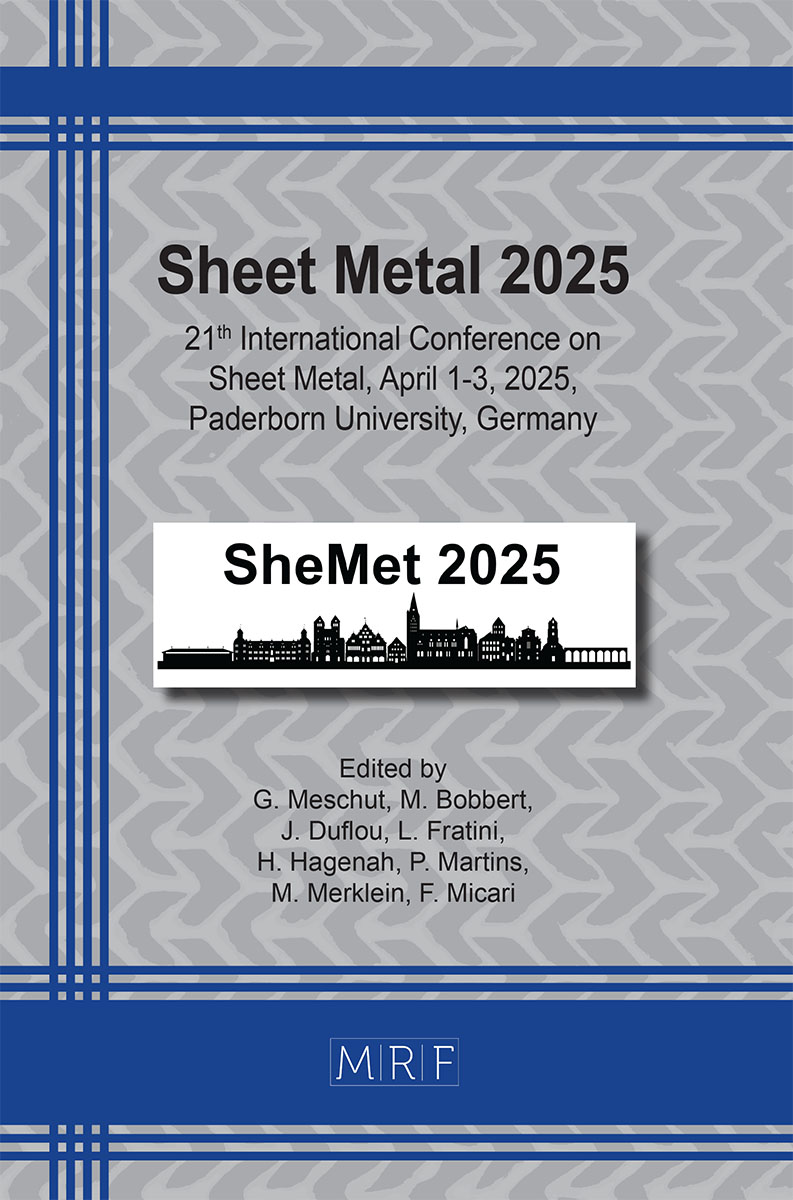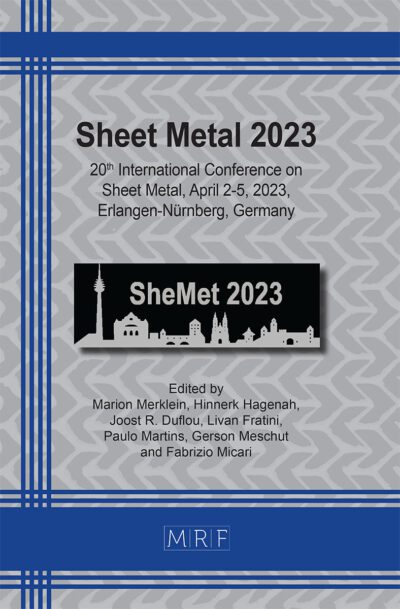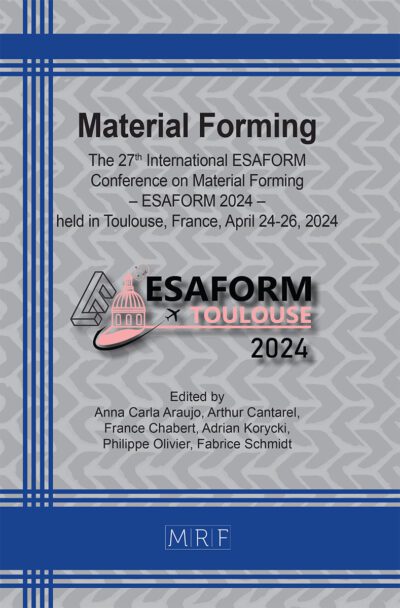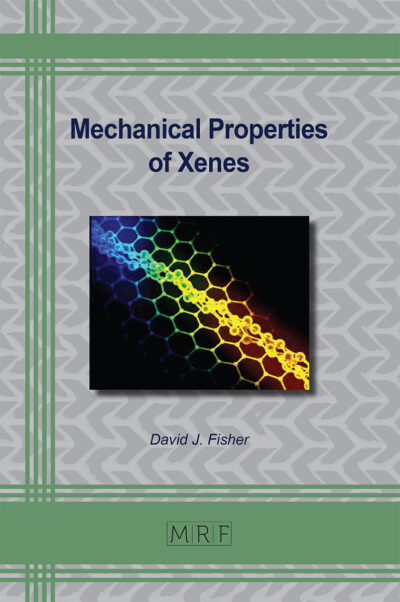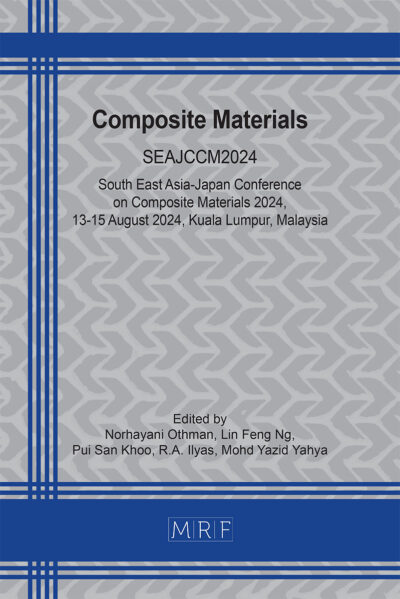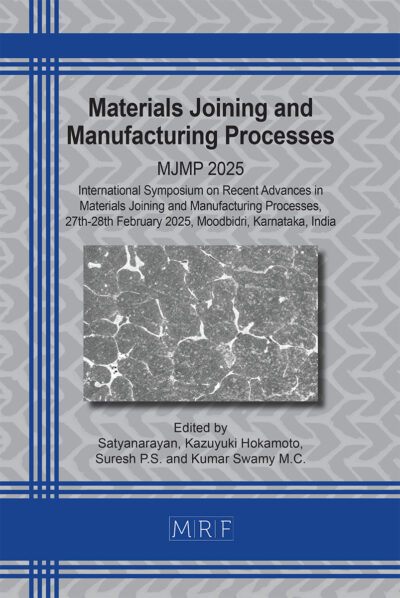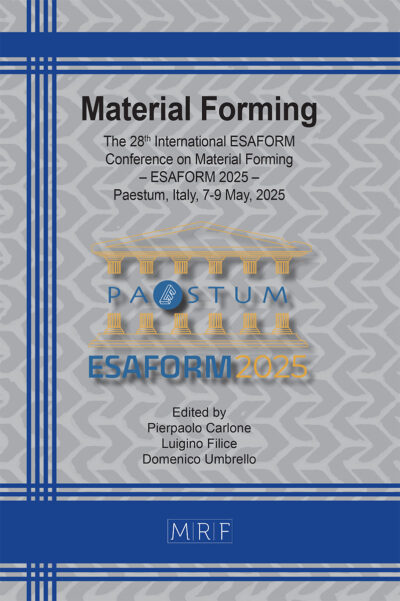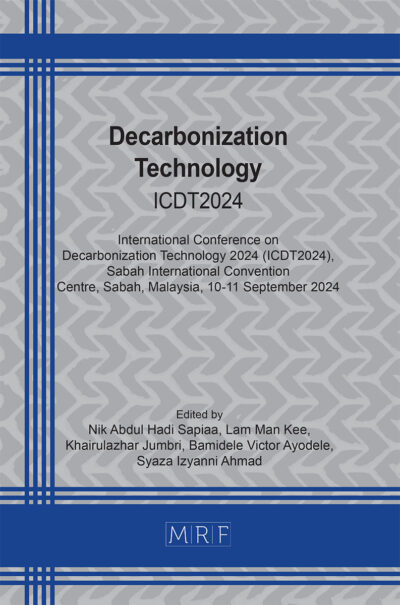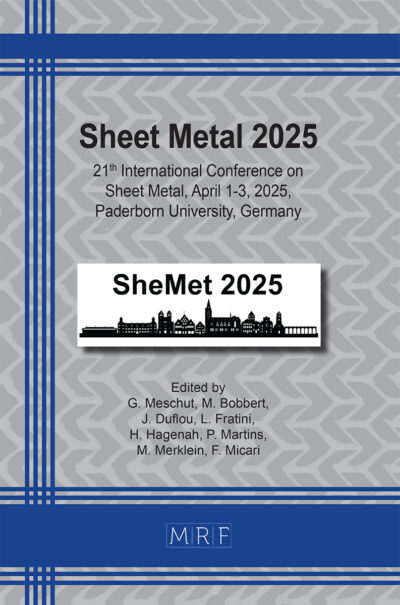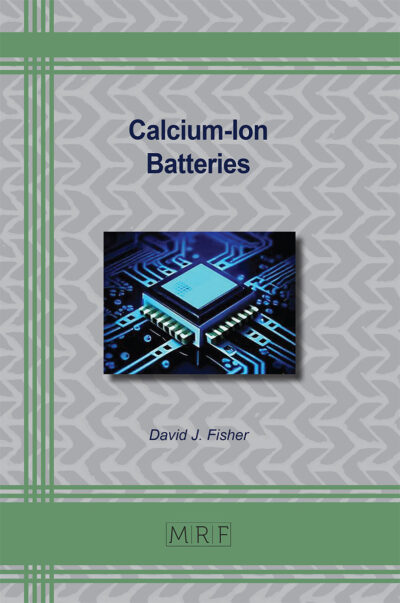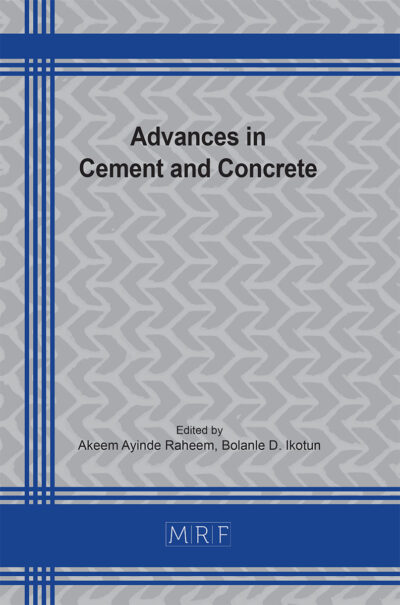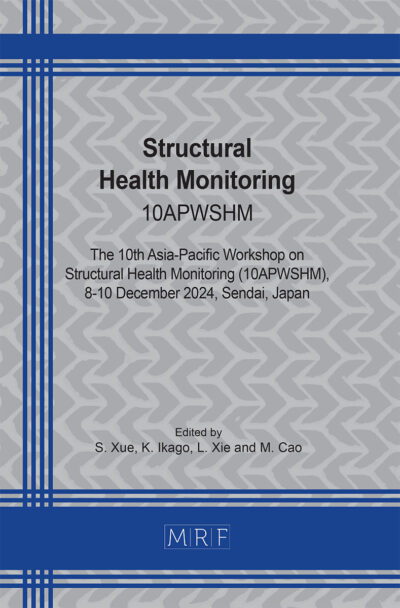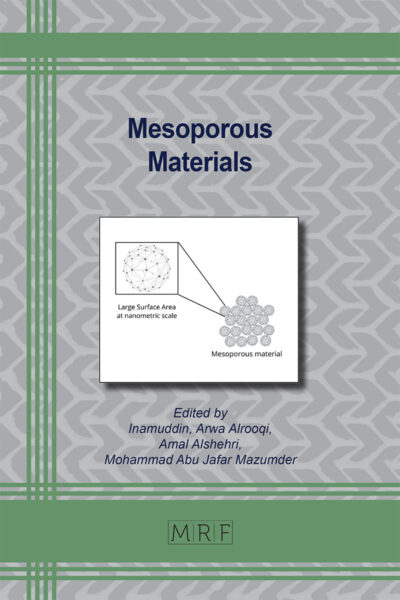Potential of part quality monitoring for deep drawing processes by integrating sensors into drawbeads
Papdo Tchasse, David Briesenick, Kim Rouven Riedmüller, Mathias Liewald
Abstract. The sheet metal material flow in deep drawing is the result of the prevailing blank restraining forces that occur due to frictional interactions between the workpiece and the active tool components. Therefore, monitoring the restraining forces during deep drawing is an indirect way of recording the material flow and thus the performance of the ongoing sheet metal forming operation. A common tool adjustment that is frequently implemented in industrial applications for controlling the material flow during deep drawing is the integration of drawbeads. While the effect of such drawbeads can be modelled numerically, it is still a great challenge to track and thus verify the acting restraining forces experimentally. Against this background, this paper deals with novel sensor concepts for drawbeads to online monitor the restraining forces acting on the sheet metal material and thus determine the quality of the deep drawn part. For this study, two monitoring methods were evaluated, considering two types of sensors that can be integrated into drawbeads, namely fibre Bragg grating and thin film sensors. For both types of sensors, the operating principle was numerically simulated. Furthermore, the application of FBG was experimentally investigated. In conclusion, the numerical results highlight the promising potential of integrating FBG and thin-film sensors. While the FBG setup showed a minor correlation with part defects, further work is needed to resolve uncertainties in sensor integration and bonding.
Keywords
Deep Drawing, In-Process Measurement, Drawbead
Published online 4/1/2025, 8 pages
Copyright © 2025 by the author(s)
Published under license by Materials Research Forum LLC., Millersville PA, USA
Citation: Papdo Tchasse, David Briesenick, Kim Rouven Riedmüller, Mathias Liewald, Potential of part quality monitoring for deep drawing processes by integrating sensors into drawbeads, Materials Research Proceedings, Vol. 52, pp 27-34, 2025
DOI: https://doi.org/10.21741/9781644903551-4
The article was published as article 4 of the book Sheet Metal 2025
![]() Content from this work may be used under the terms of the Creative Commons Attribution 3.0 license. Any further distribution of this work must maintain attribution to the author(s) and the title of the work, journal citation and DOI.
Content from this work may be used under the terms of the Creative Commons Attribution 3.0 license. Any further distribution of this work must maintain attribution to the author(s) and the title of the work, journal citation and DOI.
References
[1] A. Birkert, S. Haage, and M. Straub, Umformtechnische Herstellung komplexer Karosserieteile. 2013. https//doi.org/10.1007/978-3-662-46038-2
[2] S. J. Mihailov, “Fiber bragg grating sensors for harsh environments,” Sensors, vol. 12, no. 2, pp. 1898–1918, 2012. https//doi.org/10.3390/s120201898
[3] M. Rekowski, K. C. Grötzinger, A. Schott, and M. Liewald, “Thin-film sensors for data-driven concentricity prediction in cup backward extrusion,” CIRP Ann., vol. 73, no. 1, pp. 205–208, 2024. https//doi.org/10.1016/j.cirp.2024.04.035
[4] M. Yang and J. Dai, “Review on optical fiber sensors with sensitive thin films,” Photonic Sensors, vol. 2, no. 1, pp. 14–28, 2012. https//doi.org/10.1007/s13320-011-0047-y.
[5] J. M. Allwood et al., “Closed-loop control of product properties in metal forming,” CIRP Ann. – Manuf. Technol., vol. 65, no. 2, pp. 573–596, 2016. https//doi.org/10.1016/j.cirp.2016.06.002
[6] M. Kott, Methodik zur Entwicklung eines Bedienerassistenzsystems für das Presswerk. Darmstadt: Dr.-Ing. Dissertation, Technische Universität Darmstadt, 2022.
[7] J. Hengelhaupt, M. Vulcan, F. Darm, P. Ganz, and R. Schweizer, “Robust Deep Drawing Process of Extensive Car Body Panels,” Neuere Entwicklungen der Blechumformung, pp. 277–304, 2006.
[8] C. Blaich, Robuster Tiefziehprozess durch Erfassung und Optimierung der örtlichen Bauteilqualität. Dissertation, Universität Stuttgart, 2012.
[9] Q. Bian et al., “In-Situ High Temperature and Large Strain Monitoring during a Copper Casting Process Based on Regenerated Fiber Bragg Grating Sensors,” J. Light. Technol., vol. 39, no. 20, pp. 6660–6669, 2021. https//doi.org/10.1109/JLT.2021.3101524
[10] A. Stadler et al., “Decoupled temperature and strain measurement with regenerated fiber Bragg gratings during an aluminum casting process,” vol. 11591, p. 82, 2021. https//doi.org/10.1117/12.2588926
[11] Q. Bian et al., “Monitoring strain evolution and distribution during the casting process of AlSi9Cu3 alloy with optical fiber sensors,” J. Alloys Compd., vol. 935, p. 168146, 2023. https//doi.org/10.1016/j.jallcom.2022.168146
[12] T. Deliktas, M. Liewald, and N. Nezic, “Contribution to process digitisation of cold forging processes using additive manufactured tools,” ESAFORM 2021 – 24th Int. Conf. Mater. Form., vol. 13, pp. 1–10, 2021. https//doi.org/10.25518/esaform21.1931
[13] M. Plogmeyer, G. González, C. Pongratz, A. Schott, V. Schulze, and G. Bräuer, “Tool-integrated thin-film sensor systems for measurement of cutting forces and temperatures during machining,” Prod. Eng., vol. 18, no. 2, pp. 207–217, 2024. https//doi.org/10.1007/s11740-023-01251-1
[14] A. Schott, M. Rekowski, F. Timmann, C. Herrmann, and K. Dröder, “Development of Thin-film Sensors for In-process Measurement during Injection Molding,” Procedia CIRP, vol. 120, pp. 619–624, 2023. https//doi.org/10.1016/j.procir.2023.09.048
[15] F. Ahmed, M. S. Forhad, and M. H. Porag, “Spectral Behavior of Fiber Bragg Gratings during Embedding in 3D-Printed Metal Tensile Coupons and Cyclic Loading,” Sensors, vol. 24, no. 12, 2024. https//doi.org/10.3390/s24123919

